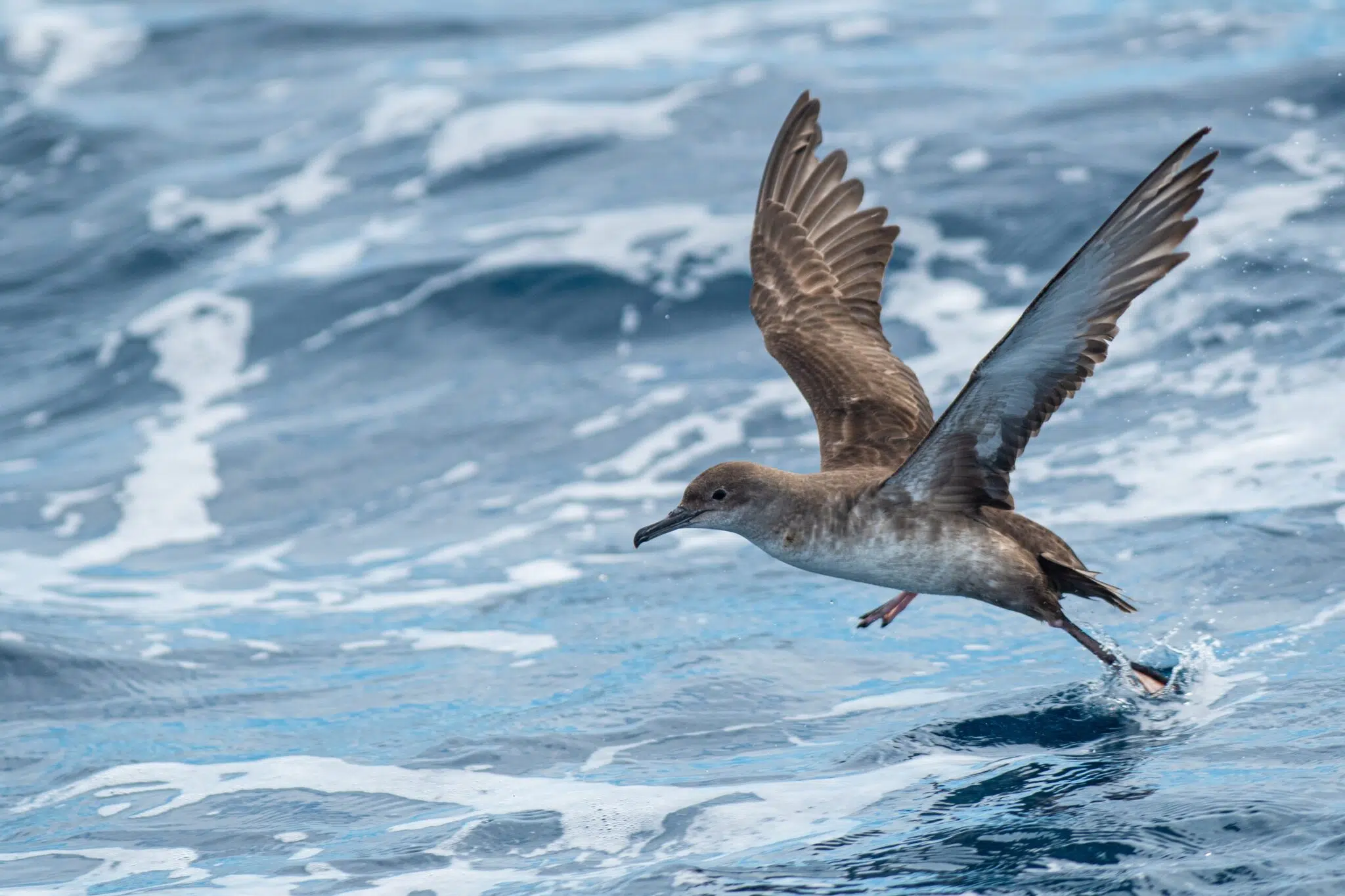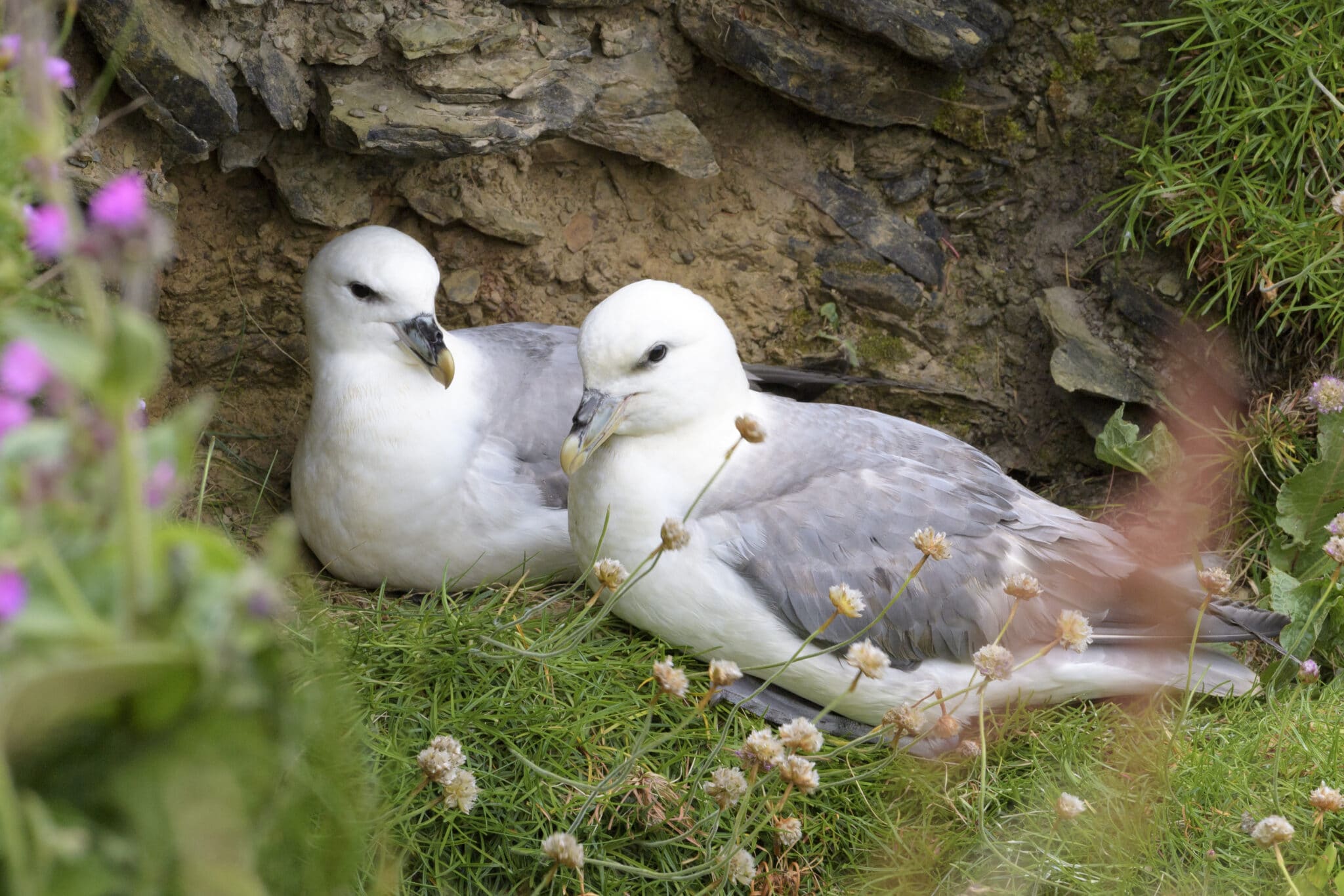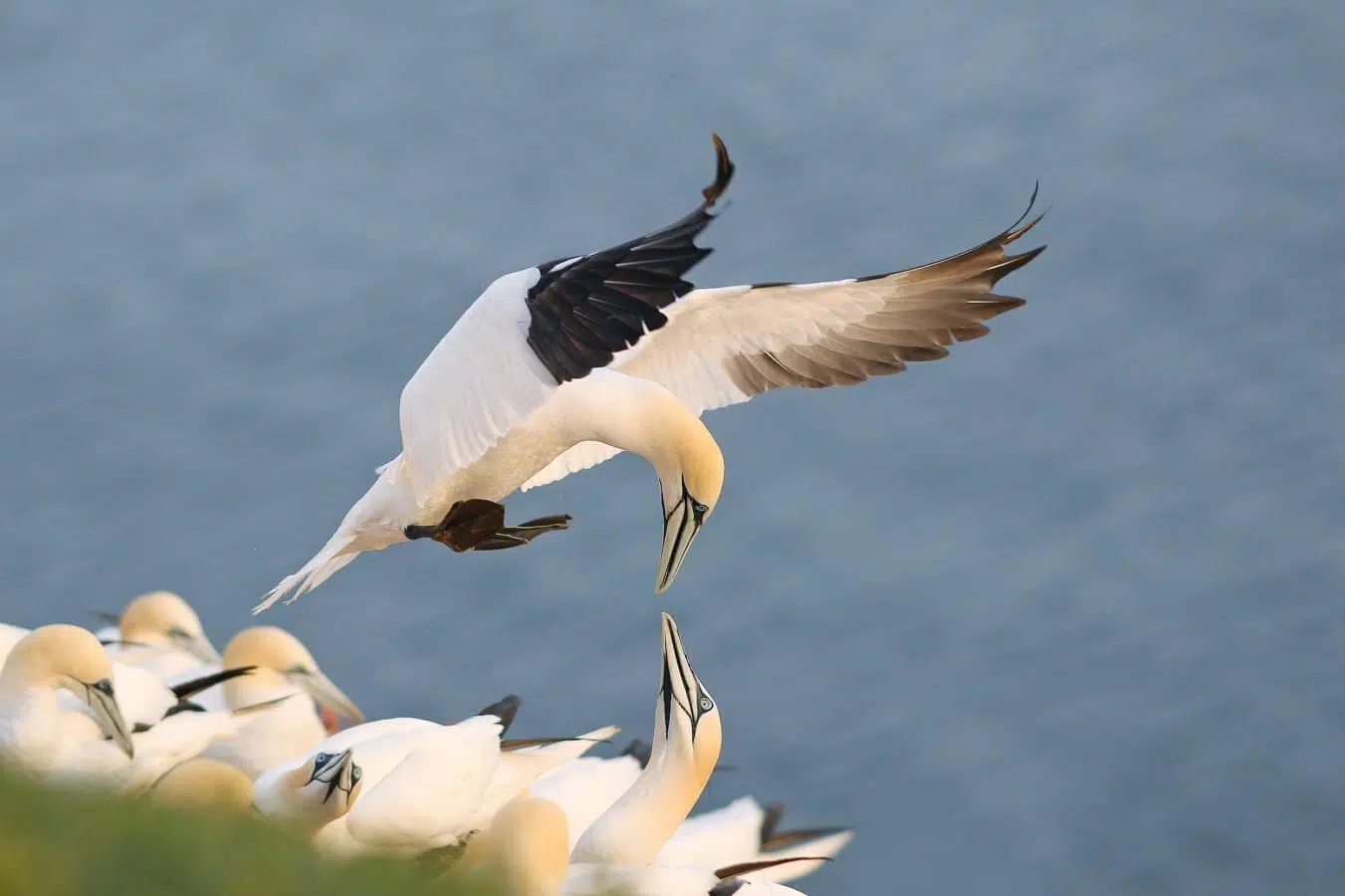Meet our Seabird Superheroes!
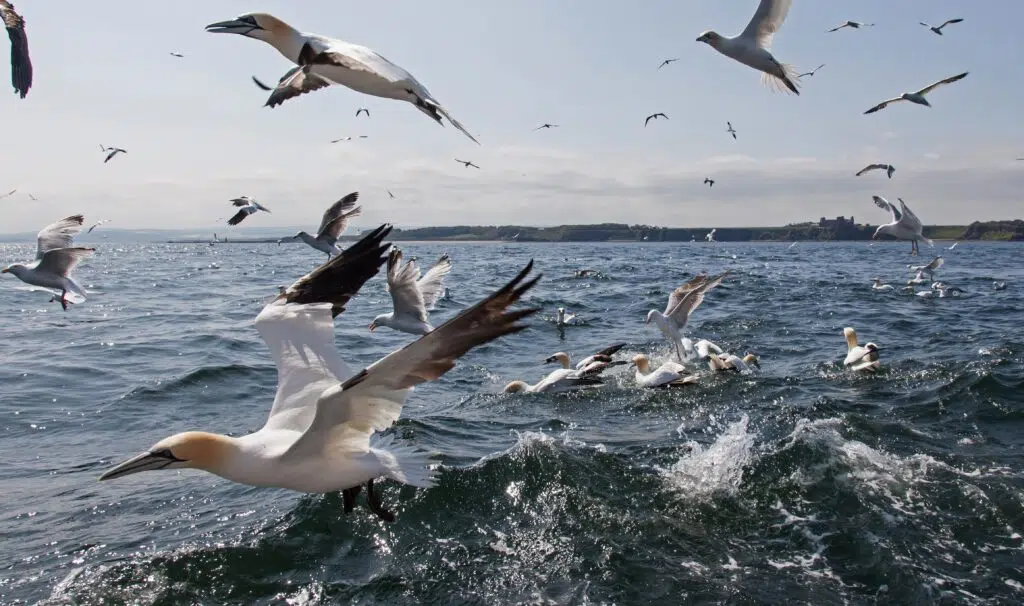
This World Environment Day we are celebrating our seabirds! Messengers of Ocean health, seabirds tell us about the impact of plastic pollution, yet remain one of the most globally threatened group of birds.
New research from the BirdLife Science Team highlights how much we rely upon seabirds to inform plastic pollution policies. However, these policies don’t protect the messenger.
Header image: Northern Gannets searching for food ©
Northern Fulmar
With a creaky laughing call, surfing and wheeling above the waves, Northern Fulmar is often found in seabird colonies across the northern hemisphere.
What you don’t know about this plucky bird, is one of the ways we determine acceptable levels of plastic in the ocean is by examining the contents of their stomachs.
Thanks to the Northern Fulmar we know that plastic pollution targets are not being met, highlighting the extent to which plastic has permeated our marine life.
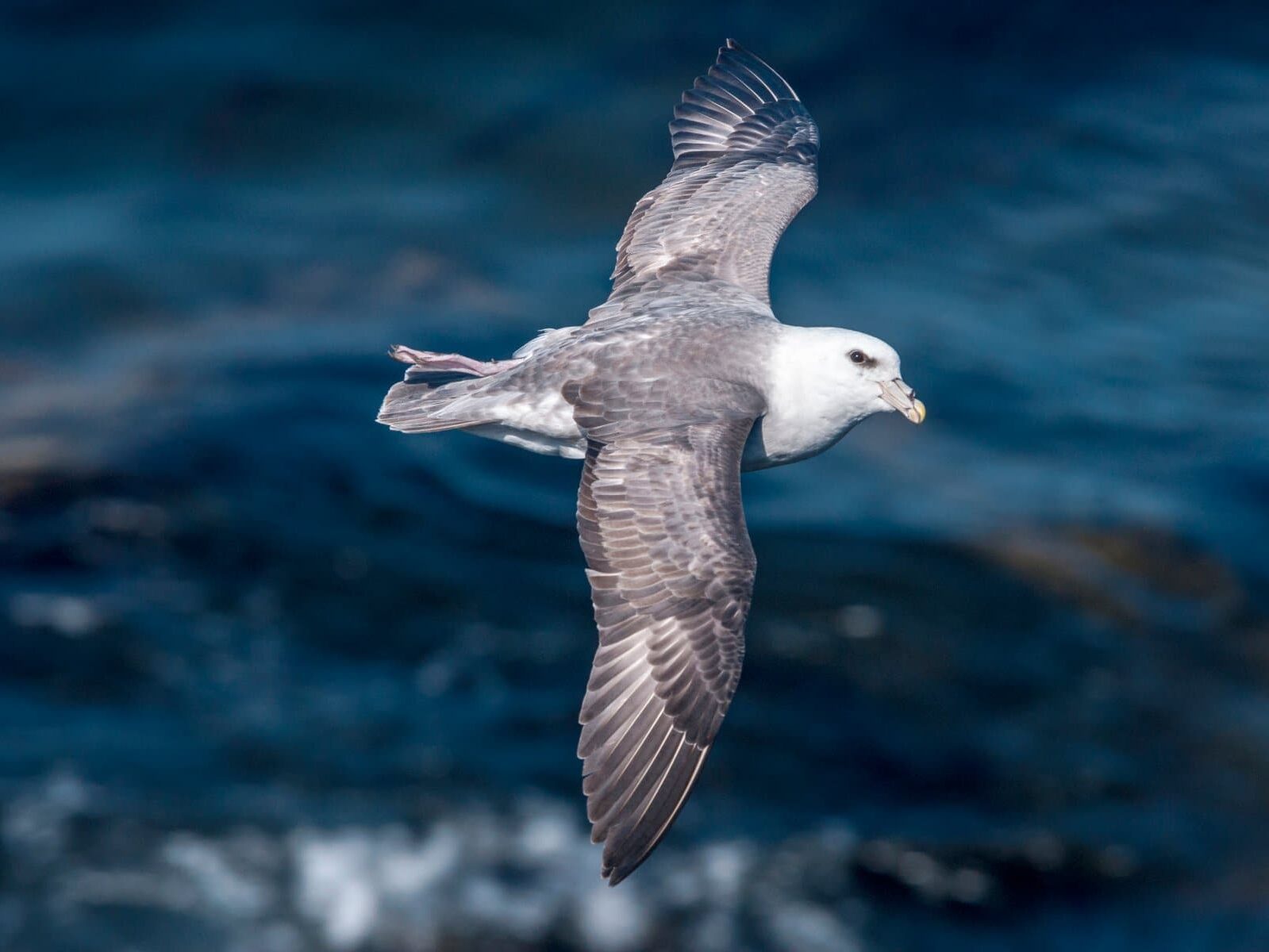
A Northern Fulmar soaring over the ocean © Cnick Pecker
Laysan Albatross
Often unafraid of humans, this confident bird breeds and raises its young in the Northwestern Hawaiian Islands.
Despite not being close to sources of plastic on the remote Hawaiian Islands, thanks to data collected on the plastic found in the stomachs of these birds we know the extent to which plastic pollution is spreading in our oceans through currents.
The plastic the Laysan Albatross is eating, is thought to originate from the Northeast Pacific circular ocean current (called a gyre).
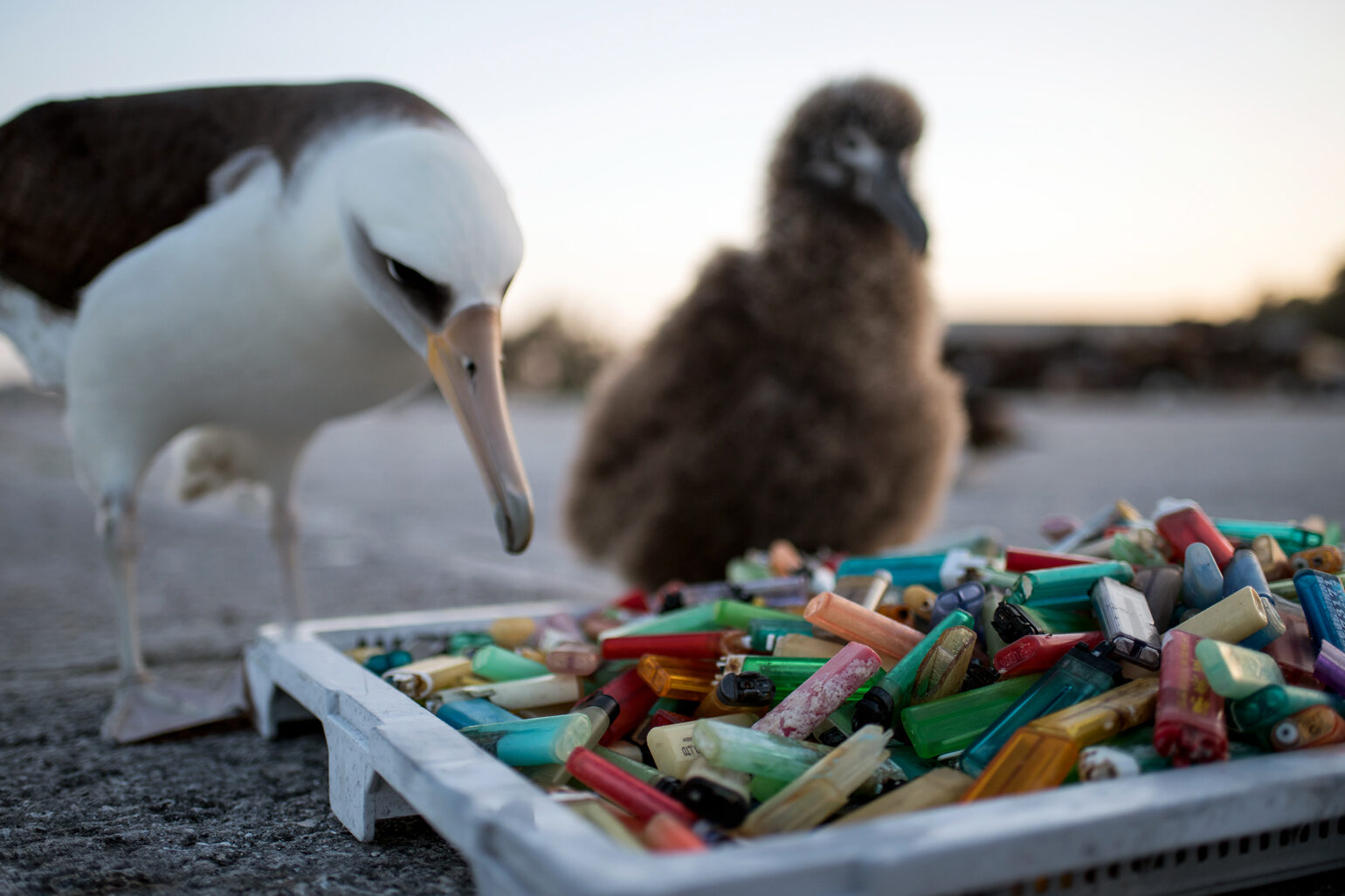
Laysan Albatross feeding on plastic circulated by ocean currents © NOAA
Northern Gannet
Diving like torpedo’s into the ocean on the hunt for fish, gannets spend most of their life at sea, except when they nest in large colonies.
Whilst most of the research on plastic pollution and seabirds is focused on seabirds eating plastic, the Northern Gannet has tragically highlighted another problem: entanglement.
This species loves to use plastic to build its nest, which sadly causes gannets and their chicks to get caught, causing injury and even starvation.
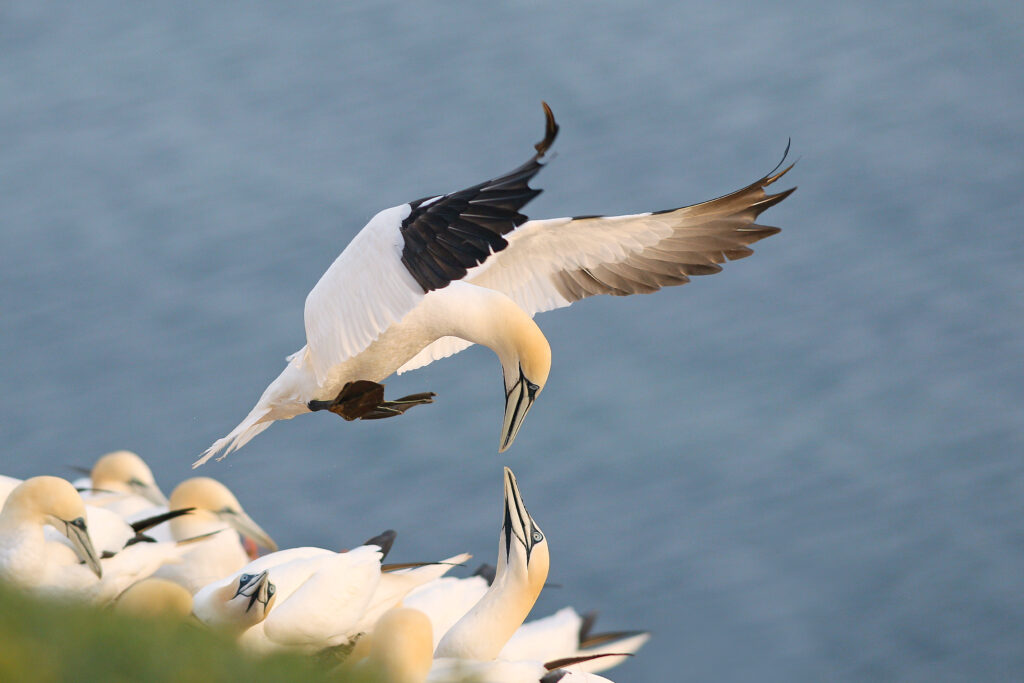
We must listen to our Seabird Superheroes! Plastic pollution is destroying nature and harming our health.
#beatplasticpollution
